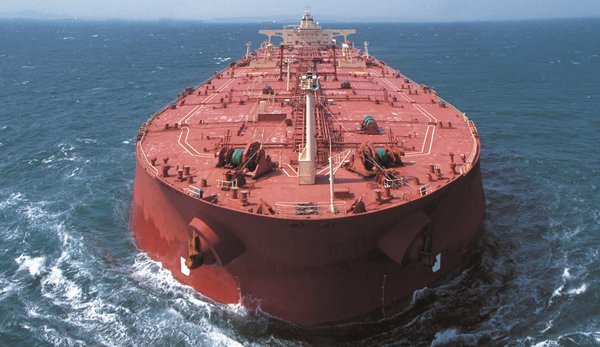VLCC charterers face 33% premium for non-scrubber ships come 2020

Charterers of VLCCs will have to pay 33% more for ships without scrubbers once the global sulphur cap kicks in on January 1, 2020, according to significant analysis from tanker brokers Poten & Parnters.
Poten has looked at a number of tanker segments and calculated the expected freight costs – in dollars per ton – on their representative trade routes: TD3 (Arabian Gulf – Far East) for VLCCs; TD20 (West Africa – UK/Continent) for suezmaxes; TD9 (Caribbean – US Gulf) for aframaxes; TC1 (Arabian Gulf – Far East) for LR2s and TC2 (UK/Continent – US Atlantic Coast) for MRs. On each of these routes Poten compared the performance of two vessels come 2020: one vessel with low sulphur fuel (MGO), while the other vessel with retrofitted scrubbers. The fuel prices used for the comparison are the average prices for 3.5% sulphur fuel oil FOB Rotterdam Barges and 0.1% gasoil FOB Rotterdam Barges in 2020 based on today’s forward curve. Poten used average 2016 tanker rates for its analysis, believing this market was a fairly good representation of average mid-cycle rates.
For VLCCs, Poten used a TCE (time chartere) of $38,520 per day. On this basis, an owner of a VLCC consuming low sulphur MGO (at $657 per ton) would need to charge a charterer $14.87 per ton to move its cargo from the Arabian Gulf to the Far East. The owner of a vessel equipped with scrubbers only needs to charge $11.14 per ton to generate the same TCE of $38,250 a day, because it can fuel its ship with much cheaper HFO (at $326 per ton).
“In this example, the charterer of a VLCC that runs MGO will need to pay a 33% premium,” Poten stated in its latest weekly report, perhaps helping to explain the recent rush by many of the world’s largest VLCC owners to install scrubbers.
The differentials for the other segments are also significant according to the Poten analysis, ranging from 16% for MRs on the TC2 route to 41% for LR2s on the TC1 route, with suezmaxes and aframaxes somewhere in between. The premium is higher on longer haul routes where bunker costs are a larger portion of the voyage expenses.
“Since only a small percentage of vessels will be equipped with scrubbers on January 1st, 2020 when the new IMO rules go into effect, we expect that tanker rates will initially be negotiated based on the assumption that vessels use low sulphur MGO,” Poten stated, adding: “This could provide a windfall to vessels that are equipped with scrubbers. Assuming that charterers are indifferent to whether vessels have scrubbers or not, a VLCC could generate a TCE of $51,000/day, a $12,500 premium based on the same freight ($14.87/ton). “
Concluding, Poten maintained: “From a charterer’s perspective, it appears that transporting crude oil and petroleum products across the oceans will get significantly more expensive come 2020. If more owners install scrubbers and/or refiners produce significantly more low-sulphur fuel oil, fuel costs may come down, but both options will take time.”
